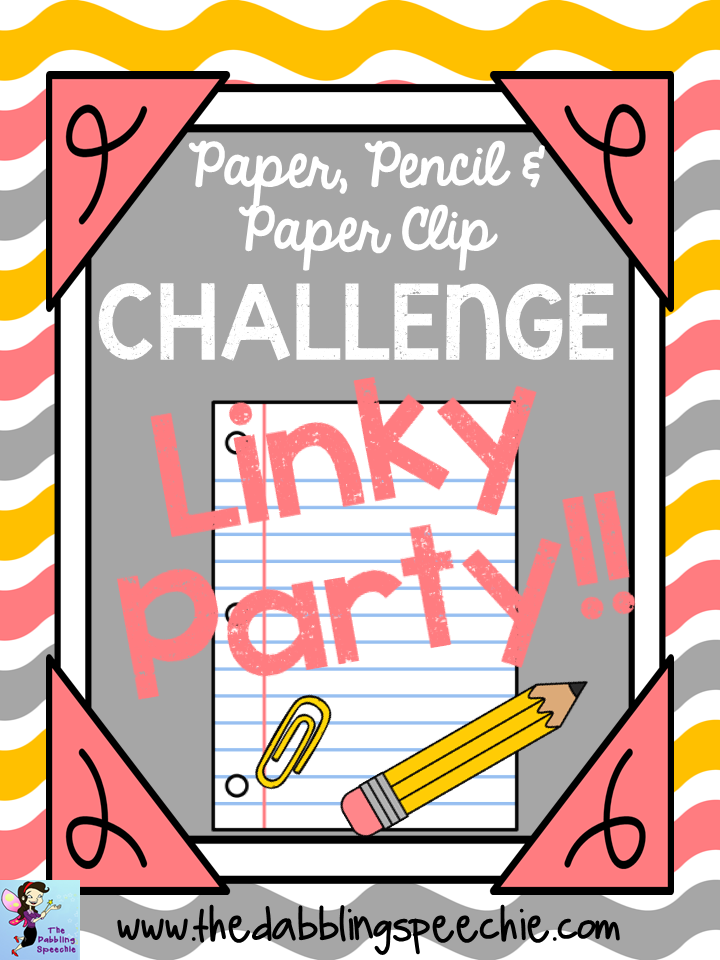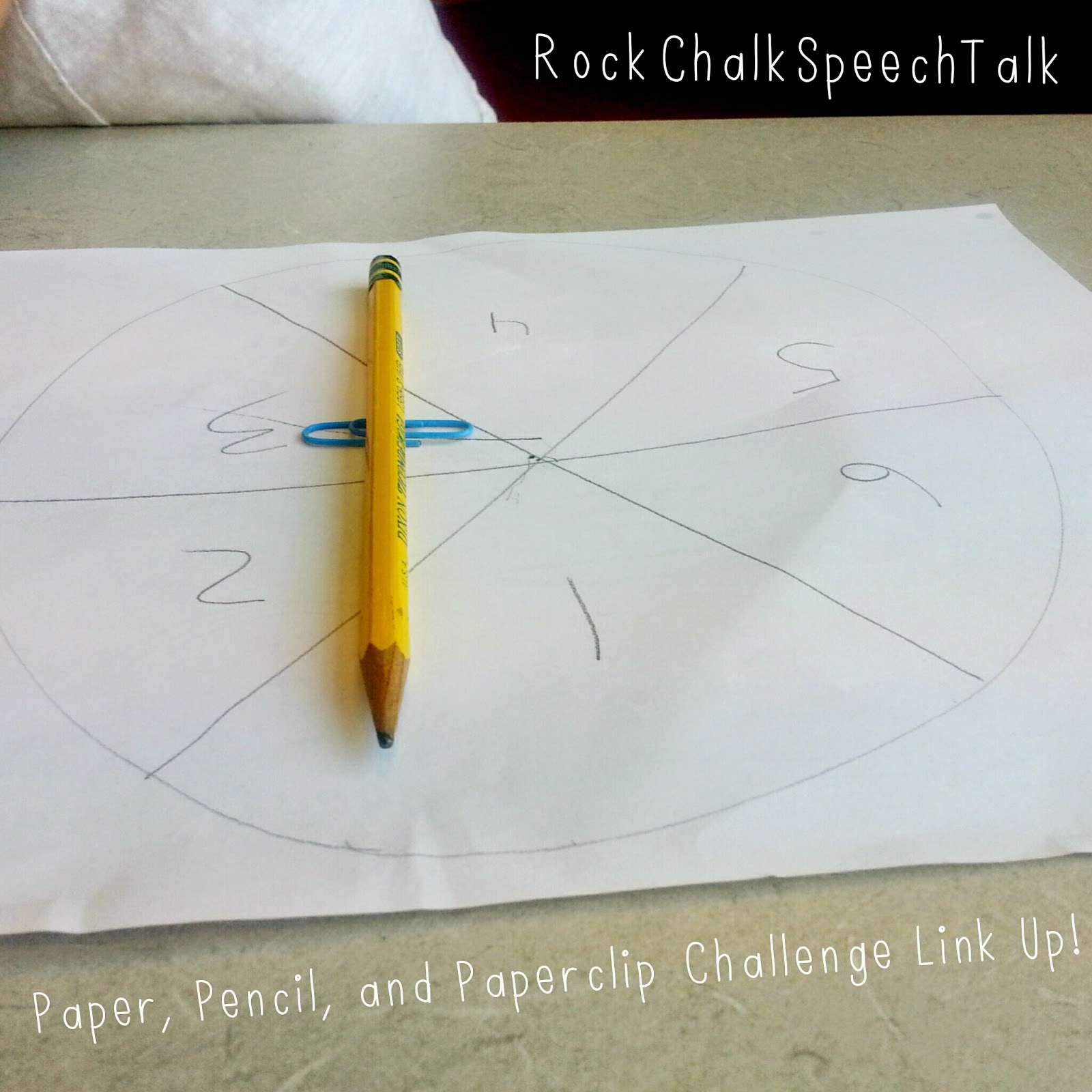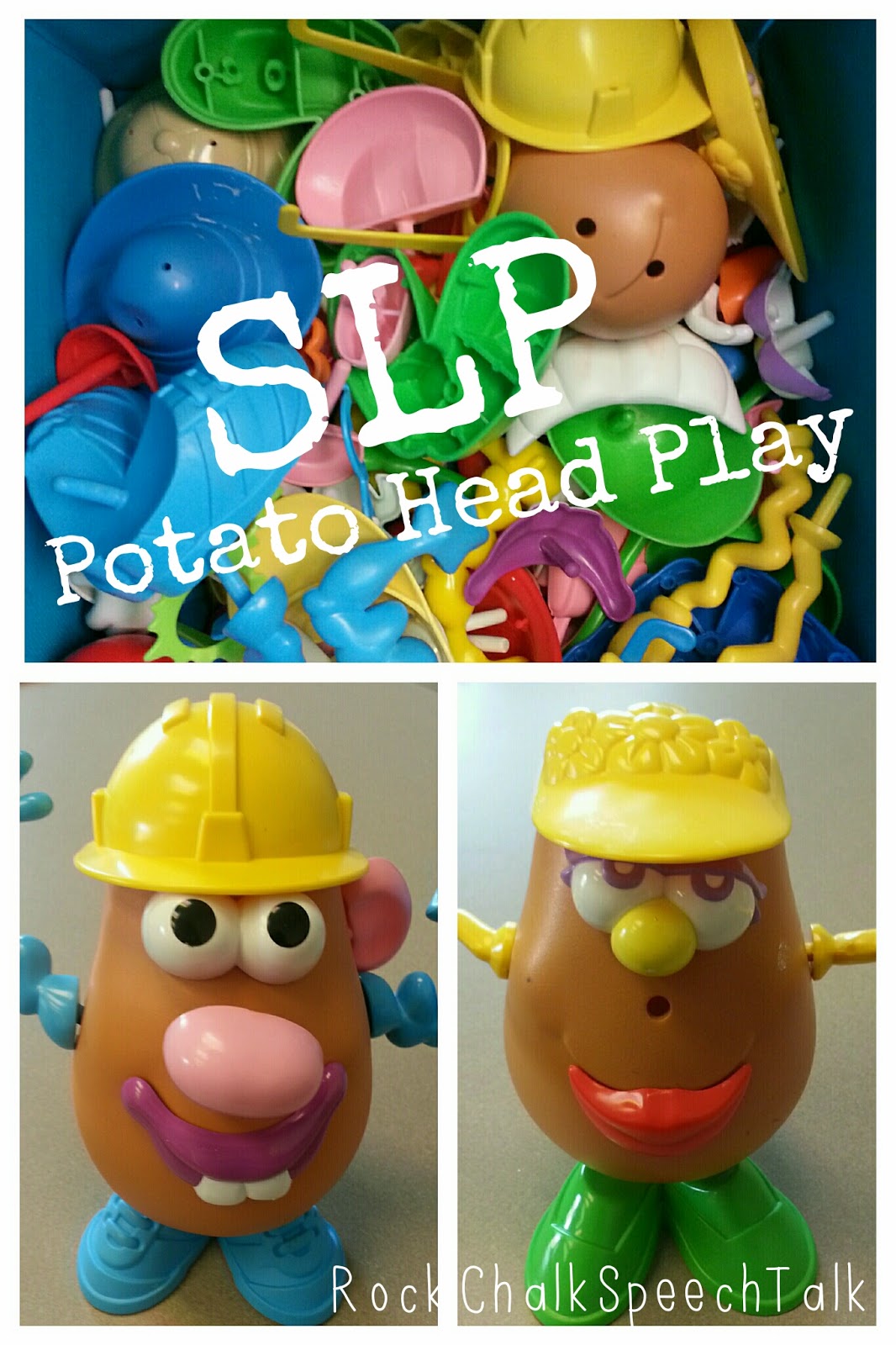When looking for books to use for speech sound trials, you want to find ones that provide a lot of repeated opportunities throughout the book to practice, not just one or two. If you’re looking to use “Ten on the Sled” with students with speech sound goals, here’s what you can target!

(Note: The words listed by target speech sound below are applicable to the hardback and paperback versions of this book only. The board book version is shorter with verses taken out, so all of the following may not be applicable).
“10 on the Sled” provides repeated target practice for:
/SL/ Blends: sled (11x), slip, slide, slid
/K/: Caribou (10x), keep (3x), kept (3x), slicker, quicker (2x), duck
/S/ (singleton): said (10x), sunlit, soon, seal, seven, six, racing, chasing, moose
VOCALIC /R/:
AIR: Caribou (10x), Bear
ER: quicker (2x), slicker, whirled, lighter, tighter (2x), thunder, under (2x), squirrel
Final Consonant Deletion:
Final /n/: on (12x), moon, one (3x), ten, nine, run, fun, sun, bone
Final /t/: out (9x), night, eight, shot
Vowel-Consonant words: on (12x), out (9x), eight
For more practice with VC words “on” “eight” and “out”:
*ON: Put characters “on” a sled, 1 by 1, and practice “on” as you put each one on before starting the story (or at the very beginning, after you read the first page).
*EIGHT: Count all the animals after they’re on the sled (another opportunity for “eight”), and continue to count them as you read the book, through the page where there are 8 on the sled
*OUT: Take characters out of the sled. Fill in “out” as you read the line in the book, and practice “out” again as you pull the animal off the sled
You can also practice VC word “in” by telling where each character that fell out is, on the next page (“IN the snowball”) and getting additional practice by adding characters “in” the big snowball that’s rolling down the hill in the book if you’re using manipulatives.
Note: Printable pieces of all the characters and the sled and snowball shown above can be found in my “Ten on the Sled” speech and language book companion on TPT.
If you want this list in printable PDF format, enter your first name and email in the form below to get the list sent to your inbox. Sheets like these are a huge timesaver for me to be able to stick inside the book or in a zip bag/envelope with my other printable materials so I always have it on hand!
]]>
Rhythmic and predictable language found in repetitive books help to capture children’s attention, along with being useful in a variety of other ways!
1. Increased engagement
Repetition of words/phrases throughout the story creates familiarity and predictability. This repetition creates more opportunities for engagement because it allows your students to participate in fill-ins or “read” along with the story with you. When they know what the story “says” and can do this, they feel confident about their skills, which contributes to positive experiences around reading!
Why are positive experiences around reading important? The National Reading Panel found the best readers read the most and the worst readers read the least. Not surprising, right? That being said, the studies they pulled from are correlational in nature, and correlation doesn’t imply causation. So, while it could be that the more that children read, the more their reading skills improve, it could also be true that better readers just choose to read more.
But… without developing intrinsic motivation to learn (in this case, learning to read), the potential for skill carryover drops significantly. Choosing fun books that facilitate engagement and participation can inspire children to want to read more, naturally creating more opportunity for carryover.
2. Decreased “cognitive load”
Repetitive books are predictable, and predictability decreases the “cognitive load,” or, how much effort is needed to process and comprehend what’s being said. When there’s fewer cognitive demands, children can focus more on other aspects of language, such as answering questions about the story, making comments about the story, or relating it to a personal experience.
3. Blocked Practice for Motor Planning Speech Disorders
Children with motor planning speech disorders like apraxia of speech are at risk for reading delays, so incorporating literacy into therapy allows us to also target pre-reading skills like phonemic awareness.
When treating apraxia of speech, both blocked and random practice have been proven beneficial for treatment gains. If you’re not familiar: blocked practice involves repeated practice of the same motor skill, while, as you can probably infer, random practice involves practicing different skills in different, unpredictable orders.
Repetitive books with a target word are great opportunities to incorporate repeated, blocked trial practice with a target word or words.
4. Early Inferencing/Predicting Skills
Since repetitive books are predictable, children are able to anticipate what’s coming next. This helps develop early prediction and inferencing skills, which contributes to building a strong foundation of basic reading skills.
5. Other Speech Sound Practice
I mentioned above that children with apraxia are at risk for reading delays, but it’s also true that children with other speech sound disorders are at risk, as well— meaning it’s important to incorporate literacy into therapy with these kids, too.
Repetitive books that have words with a target sound for phonological processes you’re working on (think /s/-blend heavy books or books with lots of /k, g/ words for fronting) are great opportunities to incorporate repeated speech sound trials into literacy-based therapy.
What are some of your favorite repetitive books? As I write more posts about individual repetitive books, I’ll link them below!
Often times, we might be using games as just a general reinforcer while we do drill with other skills, but today I wanted to share with you how I’ve used the game Zingo on its own to target a variety of communication skills, without needing any additional materials!
Social Skills/Social Phrases:
Learning social phrases (“bummer” “aw man” “cool!” “good try” etc…) and how to handle it when a game isn’t going your way are more great skills to target with this, or really any turn-taking game!
Turn-taking:
I have some little friends who have a REALLY hard time waiting their turns. We’re talking meltdown city if waiting is involved. Turn-taking in Zingo is simple, with concrete beginnings and ends of your turn, which is one of the things I L-O-V-E about using it to target waiting your turn.
Common Object Vocabulary/Functions/WH Questions:
The picture tiles depict common objects such as “car” “apple” “boat” “tree” “train” “cake” etc… You can work on labeling these pictures, describing their function (when applicable), and answering WH questions about the items (“What do you do with a car?” “Where do you see a boat?” “Who drives a train?” etc…)
Prepositions:
You slide the top (aka the “Zinger”) OUT, picture tiles come OUT, and then you either put the tiles ON your board, or back IN the Zinger. Lots of opportunities for repetition with these prepositions within the game.
Answering Yes/No:
Target yes/no by asking, “Is it a match?” or “Do you have a __?” Also a great opportunity to work on the concept of negation … “not a match” or “I don’t have a ___”
Articulation/Apraxia:
VC words: I used this with one of my little guys with Apraxia who is working on words that start with vowel sounds. I was able to target the words “out” and “in” with tons of repetitions in a functional way, without it feeling like drill.
/SL/: Do you have any kids working on s-blends? (#justkidding. I know you do.). Practice the word “SLide” each time you slide the Zinger out.
“CH”: I’ve used this game to target final “ch” with “match” and “no match.”
/V/: Work on word final /v/ within the phrases/sentences “I have…” or “I don’t have…”
/G/: Your kiddos can practice “go” with “It GOES on my board” or “It GOES back in.” Or, I’ve also simplified it to “go on” and “go back in”/”go in”)
Pronouns:
My turn, your turn, I got, you got, you have (#) left, I have (#) left, He has, She has… I go, you go… plenty of ways to target pronouns in a more natural setting/manner versus, say, using a card deck of pronouns.
Zingo is one of my favorite games to use in therapy because it’s so easy to target a variety of skills!
Looking for more ways to use games to target your communication goals without just using them as a reinforcer? You’ll love this post on my favorite games for final consonant deletion!

Some days (aka every day), a girl just needs some fresh air and sunshine.
While I’m fortunate that even though my room is on the small size with no cabinets for hidden storage, I DO have two windows in my room. You win some, you lose some…Who needs more storage when you’ve got sunlight, am I right?
My students LOVE switching it up (I’ll never forget the time I told one of my preschoolers we were doing therapy outside with chalk– his response was “YES! YES! YES! This is the best day EVER!!” I mean, who am I to deny a child that kind of happiness?), and there are so many goals that can be targeted just using sidewalk chalk!
a) Possessives: We draw a picture of a boy and a girl and draw objects around them (the girl’s ___, the boy’s ____, his ___, her ____).
b) Pronouns: We use “he” and “she” in carrier phrases (ie “She has a…” “He has a….”). We draw clothing items/accessories on the stick people, or draw objects around them.
2. Associations/Go Togethers: I say or draw a picture of an object, and the student(s) I’m working with have to tell me something that goes with it, and then draw a picture of their answer (ie I say or draw “web,” and they’d draw a spider). I work on associations a lot with my 4 year olds going to kindergarten the following year!
3. Articulation: We draw pictures of words with their target speech sounds while we practice!
4. WH questions: I ask a WH question, and the kids draw a picture of the correct answer. For example, if I ask, “What does a bird build?” then they would draw a nest.
Sometimes I’ll get the “I don’t know how to draw it!” response, but I just encourage them to try their best and let them know that I don’t care what it looks like, just as long as they try! Most of them are good with this response 
What other ways do you target speech and language activities with chalk??
PS- If you’re looking for handouts with more great ideas for chalk play (and lots of other outdoor play ideas!) to give to parents, check out this great “Summer Play” packet from SpeechRoomNews. Shortly after I purchased it last May, I had a parent of a newly-evaluated student ask what he could do to work on communication skills over the summer. Pulled this packet up on TpT, downloaded, hit “print” and off he went!
 |
| Graph image by Creative Lessons Cafe |
Push-in therapy. In-class support. Co-teaching. Whatever you want to call it, going into the classroom to provide in-class support minutes to your students can definitely require some outside-of-the-box thinking if you’re not the one who has planned & is leading the lesson. I know–it’s hard sometimes as SLPs to let go of having a set therapy plan at all times!
Depending on the schedule (a public school SLP’s favorite thing!), you might have to come in during small group instruction times and just keep your fingers crossed they’re doing a language arts-type activity and not something seemingly completely unrelated like, say… math. As many preschool programs become more academic lesson-based rather than more play-based, you might be encountering situations like this more often when providing in-class minutes.
Sometimes, I come in and my students are at a group working on vocabulary (woot! My lucky day!). Other times, I’m not so lucky, but with a little creative thinking, I can make it work. Let’s take a look at this math activity where the class was learning the concept of graphing. As they took turns rolling a die with various colored baseball hats, they colored a box in the column of the same-colored hat they rolled.
Upon first glance, one might be thinking, “Colors, counting, and graphing… completely unrelated to speech and language goals. How do I target my students’ goals doing THIS?” Well, I’m glad you asked! Here are a few different areas of preschool speech and language skills you can target in an activity like this:
1. MLU
This activity would easily lend itself to structured sentence building. Working on combining two words together? My turn, your turn, my roll, I roll, you roll, blue hat, red hat, etc…. Three word combos? “I got blue” “I have red” “More yellow hats” “Two blue hats” “My turn roll” etc…
2. Basic Concepts
Preschool math involves learning about quantitative concepts, and many of my students have goals for basic concept knowledge. With graphing, you can work on concepts like more/less/most (Which column has more? Which one has less, blue or red? Which one has the most boxes colored in?) as well as full/empty/no/none (Are there any columns that are full? Any that are empty/that have none/that have no boxes colored?). I also targeted spatial concepts like “Color the box that’s above/on top of the yellow one you already colored” or “The red column is next to the yellow column.” Throw in some size concepts such as long/tall/short columns and make comparisons, too!
3. Pronouns
If you have a student in the group working on pronouns, have them practice using “he” and “she” to tell you what their peers just rolled “He rolled a blue” “She rolled red” etc… and even “I” if they are using “me” instead of “I” (I had a kiddo on my caseload where we worked on using “I” for two school years. His teacher would model it/recast it with emphasis when he made an error, as did I, the classroom paraprofessionals, and his other therapists. We all did the happy dance this Spring when he finally started using it in conversation!)
4. Articulation
I generally do pull-out therapy with my artic/phono kids, but try to do a little in-class support when I can, in a natural environment like the classroom. With this activity, I can work with my artic students on initial /f/ (four, five), initial /t/ (my turn, two), initial /m/ (me, my turn), and /p, b/ sounds for colors like “pink” “purple” and “blue.”
Speech and language skills can be worked on just about anywhere, at any time! How do you target communication goals in math or other seemingly unrelated lessons?
]]>
I’m linking up with Felice over at Thedabblingspeechie for her paper, pencil, and paperclip challenge! I’m sure many of you have heard the quip from a supervisor at some point in school that you should be able to do therapy with just a paperclip. I personally don’t remember ever being told that, actually, by any of my former professors or supervisors, but I’ve had multiple coworkers and other SLPs I know say that they were told this in school! (Maybe I was told this but the thought of doing therapy with no materials at that time was too scary and I just blocked it from memory…)
Doing therapy on the fly comes second nature to me now, and I feel like I could do it with just about any sort of materials.. including just a paperclip if I really had to! I’m glad Felice let us use a paper and pencil, too, though 
1: Articulation spin
I drew a spinner with numbers 1-6 using paper and pencil, and we used the pencil and paperclip as the spinner! My student spun the “spinner” and I gave him a word to say the same number of times as the number he landed on. At one point, he spun the paperclip so hard that it flew off the table– then this little guy was REALLY into it, and kept “happening” to spin the paperclip off the table on “accident.” .. ha.
2. Following directions using spatial concepts (We just used the same piece of paper from the previous activity since I came to the prek pod only armed with one piece of paper!).
I just had my student follow different directions placing different items on top/under/next to, etc…. Put the paper behind your back, in front of you, on top of your head, etc… Put the pencil on top of the paperclip. Hide the paperclip under the paper. Put the paperclip next to the pencil. Draw an X above the paperclip. I think you get the picture! If your kids are at the point where they can work on the concepts expressively, they always love to be the “teacher” and tell you where to place things!
Click the first picture in this post to head over to Felice’s blog and see how other SLPs are getting creative with paperclips, pencils, and paper!
]]>
About a year or so later, in May 2013, on the first official Apraxia Awareness Day, I stood next to her mom at the kindergarten graduation program. She gave me the sweet card pictured above, letting me know how much she appreciated me and the difference I’d made in her family’s lives (I still keep it in my desk, and pull it out to re-read on the extra tough days for a smile!). Together, we stood there, and watched that same freckle-faced cutie who used to squawk and be embarrassed to even attempt to say her name, sing with her peers in her end of the year kindergarten graduation program.
And that moment, right there, is why I am an SLP. Moments like that far outweigh the negatives, and I can’t imagine doing anything else for a career!
]]>
If any of you new to the field/new to this population have wondered the same thing, or maybe if you’re a more seasoned SLP just looking for new ideas for this toy… Here are some other ways I’ve been targeting many other speech & language goals through potato head play with my preschoolers!
1. Pronouns: I have pieces that let me work on both “he” and “she” during play. I have eyes with eyeshadow and big eyelashes, earrings, big red lips, purses, etc… so I can not only work on “Mister” potato head but also his female counterpart  I model a lot of “HE has green shoes on today” and “SHE has a pretty yellow purse” and try to slightly emphasize the different pronouns.
I model a lot of “HE has green shoes on today” and “SHE has a pretty yellow purse” and try to slightly emphasize the different pronouns.
2. Basic Concepts: I model comments like “He has a BIG nose and LITTLE shoes” “Here’s his hat! It goes on top!” “I’m putting her eyes ABOVE her nose” Or, if I want to check understanding of concepts, I can say things like, “I have his shoes! Do the shoes go on the top or on the bottom?”
3. Final consonants: Purse, nose, arm, feet, eyes, hat, top, put, on, in, take, out– all great words to model and practice with final consonants during play. I like to sometimes hide the pieces in a sensory bin (ie my box of beans!) so they dig for parts and then we name the item and do short phrases like “Put on ___” “___ on top” and “___ goes in”
4. Plurals: Talk about all the pairs your potato head has! Model plurals by talking about the potato head’s two ears, two eyes, two shoes, two feet, two hands, two arms, two earrings, glasses, etc!
5. Action words/-ING verbs: Make your potato heads do all kinds of silly actions! “He is running” “She is shopping” “He is dancing” etc…
What other ways do you play with potato heads?
]]>I made the locomotive portion of the train from a die cut at work, and then just cut rectangles from other color construction paper. I free-handed the smoke clouds and cut out a bunch at a time by cutting multiple pages at a time, too.
[Side note: If you do crafts in your therapy sessions, you NEED to watch Jenn’s video over at Crazy Speech World on craftivities. She shares how she makes the crafts work for therapy, and what she does to prep. It is chock-full of great tips! And Jenn is adorable, so go check it out! :)]
I used the pictures from my Cariboo Phonology set because they were the size I was looking for (and I’d rather just hit “print” instead of standing at the oh-so-coveted copy machine that is never free when I happen to need it, making copies from an artic book!), but you could use other pictures you have on hand– just size the smoke clouds and train cars accordingly!
Easy peasy! 

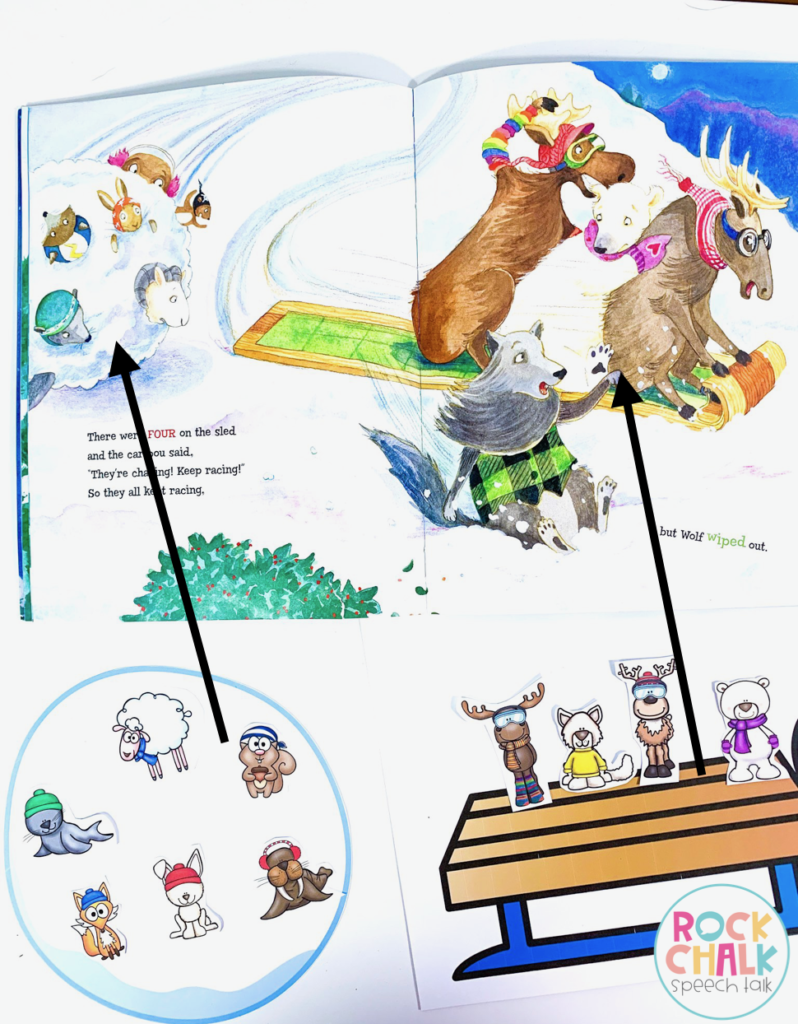
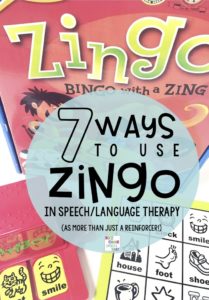


.jpg)

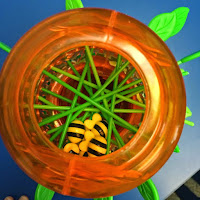.jpg)


